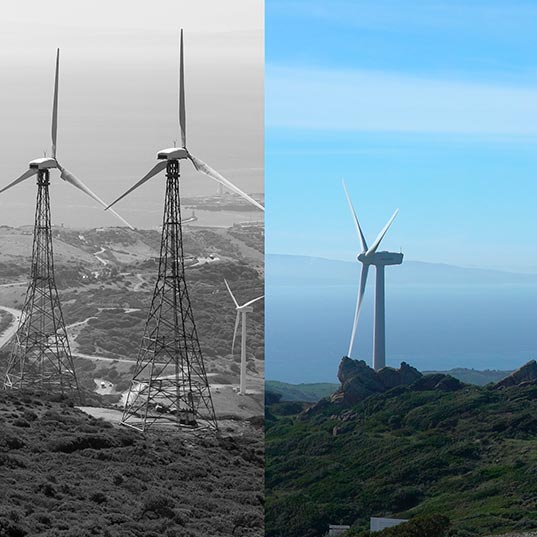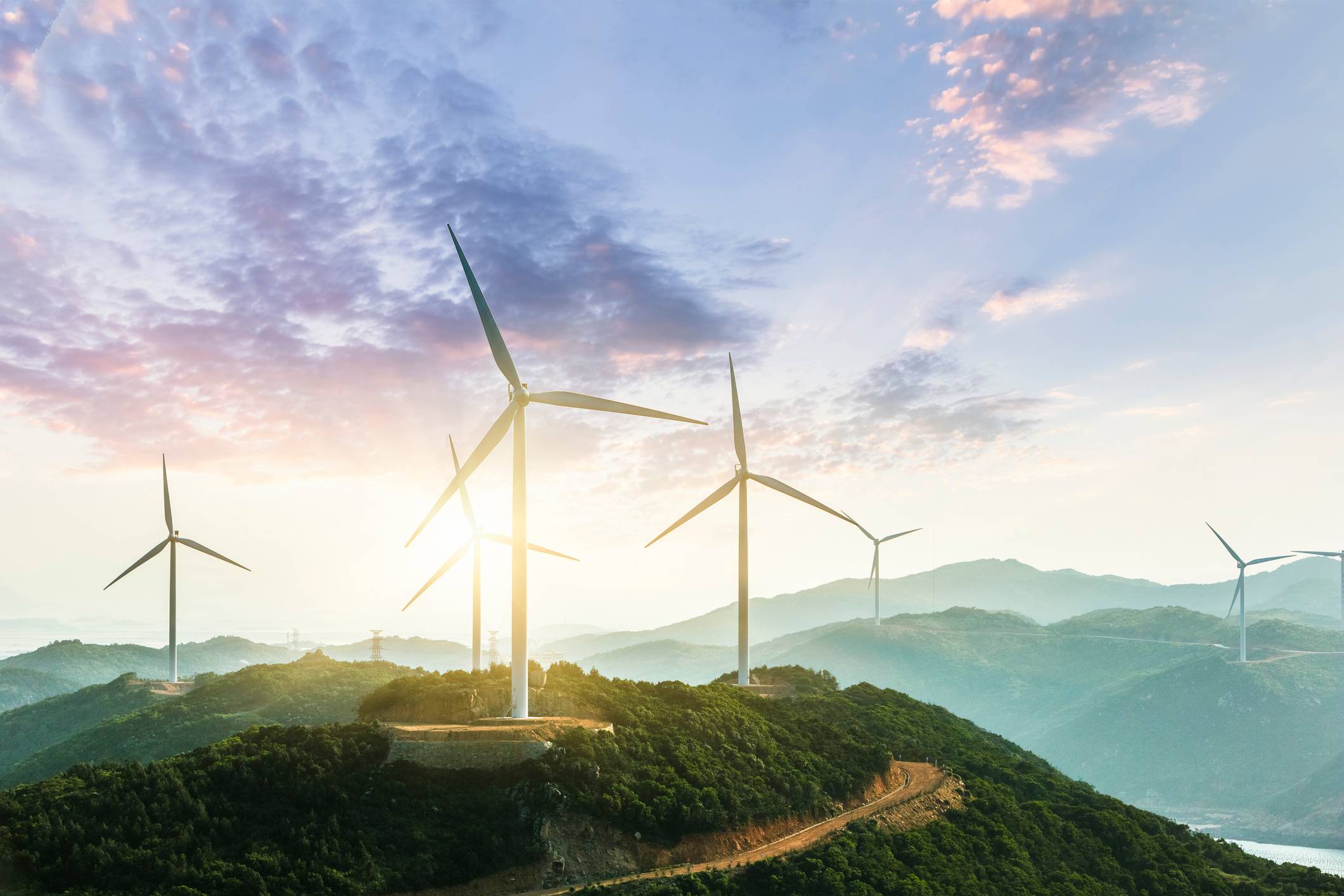The most used renewable energies
Renewable energies are obtained from inexhaustible natural sources and generate electricity without contributing to global warming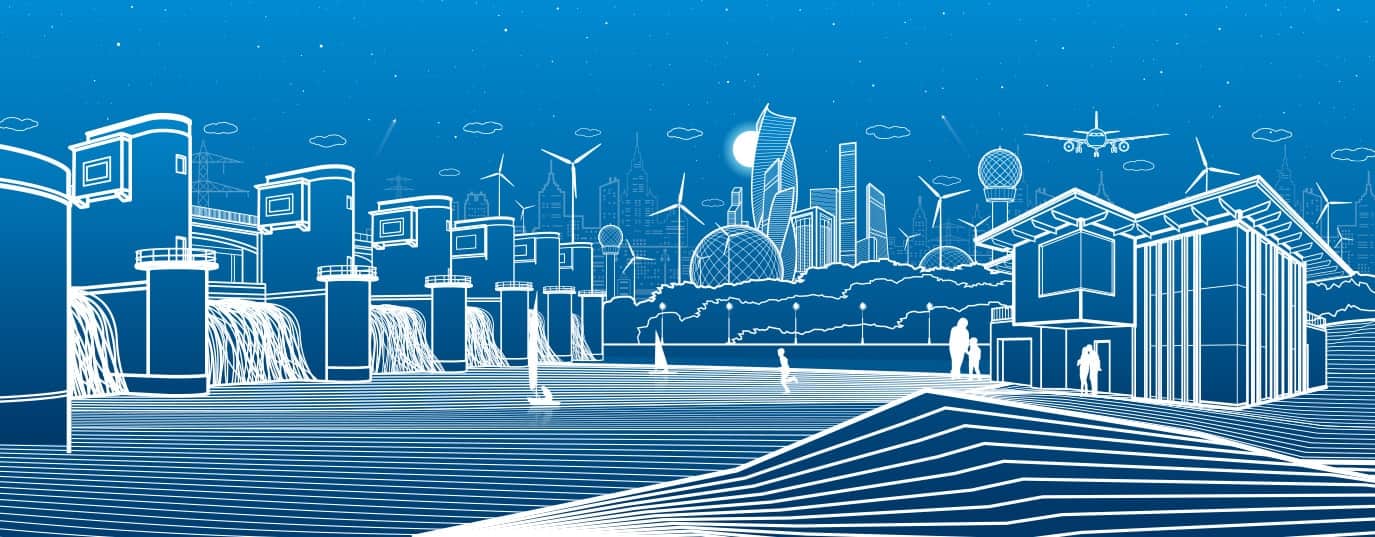
In this article you will find:
- What are?
- Characteristics
- Most widespread renewable energies
- Which are the challenges with renewable energies?
What are renewable energies?
In the fight against climate change, the use of renewable energy is particularly relevant. Renewable energies are obtained from inexhaustible natural sources and generate clean electricity without contributing to climate change.
The different natural sources are inexhaustible and in constant renovation. They include:
- Wind
- Sunlight
- Water
- Geothermal heat
- Tides
- Various forms of biomass
The following video explains in detail what it consists of:
Characteristics of renewable energies
Among the main features we find: Renewable energy illustration
- Unlimited power source. Unlike fossil fuels -such as coal, natural gas or oil-, whose reserves are already running out, this type of energy does not run out as it is consumed.
- They come from natural resources. They are nourished by natural elements so, while resources such as the sun or water appear to supply the Earth, renewables can continue to provide us with energy.
- They do not produce greenhouse gas emissions. Another of its great differences with fossil fuels. So they do not harm the planet or contribute to climate change.
- Does not generate waste. So its impact on the environment is very small.
Most widespread renewable energies
 Within all types of renewable energy, five stand out due to their high implementation:
Within all types of renewable energy, five stand out due to their high implementation:
💨 Wind power is one of the most widespread renewable energies today. It harnesses the wind to produce electricity.
☀ Photovoltaic solar energy directly transforms solar radiation into electricity thanks to the solar panels integrated by photovoltaic cells.
🌞 Solar thermal power, also called concentrated solar power, concentrates solar radiation with mirrors to heat a fluid that produces steam to generate electricity.
💧 In the case of hydropower, the force of moving water is used to produce -and sometimes to store- clean electricity.
🌱 Finally, biomass uses organic matter as an energy source. This matter may be natural, residual or from energy crops.
Main benefits of renewable energies
Why are renewable energies the best option for a sustainable future? There are many reasons that make them the best choice:
Environmental benefits 🍀
Renewable energies are clean sources that have a much smaller environmental impact than conventional energies. The transition to renewable energies is essential if we are to reduce CO2 emissions, curb global warming and mitigate climate change.
Renewable energies are inexhaustible since they are constantly being replenished. In contrast with other types of conventional energies, which are finite and, therefore, can be depleted (e.g. oil and coal), renewable energies are our permanent ally.
They create jobs and improve the economy 📈
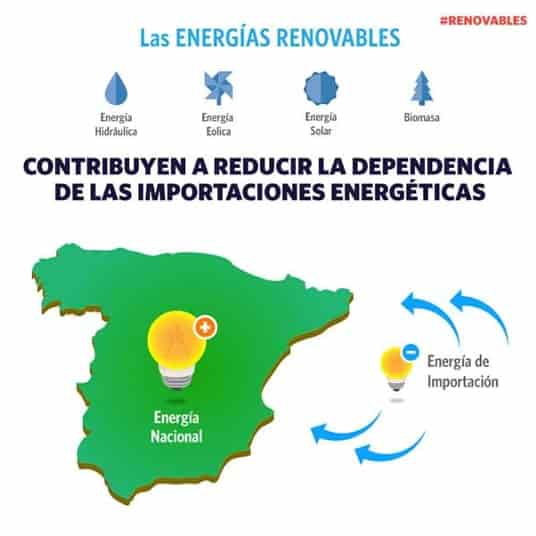 Most investments in renewable energies are spent on materials and the workforce to build and maintain facilities at a local level. This creates local jobs and grows the country's economy. According to the International Renewable Energy Agency (IRENA), the transition to renewables will create more jobs in the energy sector than will be lost in the fossil fuel industry. It is estimated that 19 million new jobs will be created in this field by 2050.
Most investments in renewable energies are spent on materials and the workforce to build and maintain facilities at a local level. This creates local jobs and grows the country's economy. According to the International Renewable Energy Agency (IRENA), the transition to renewables will create more jobs in the energy sector than will be lost in the fossil fuel industry. It is estimated that 19 million new jobs will be created in this field by 2050.
Energy security 🦺
Renewable energies reduce a country's energy dependence, enhancing its self-sufficiency and sustaining major investments that would otherwise be used to pay for imports of non-renewable energy from other countries.
Resilience 🌎
Some renewable energy technologies are implemented in a modular and distributed manner, making them less prone to large-scale failures. This has advantages during severe weather events or complex emergency situations, as these technologies can be implemented quickly where they are needed, providing people with electricity without the need for complicated and time-consuming infrastructure development.
Competitive ✅
The costs associated with major renewable technologies, likela wind power and solar photovoltaic power, are falling dramatically and are now fully competitive with conventional technologies in an increasing number of locations. Economies of scale and innovation are leading to renewable energies becoming the most sustainable solution, not only environmentally but also economically, so that the world can keep moving.
Accessible 🍃
They are a key pillar of the effort to achieve Goal 7: Ensure access to affordable, reliable, sustainable and modern energy.
What are the challenges with renewable energies?
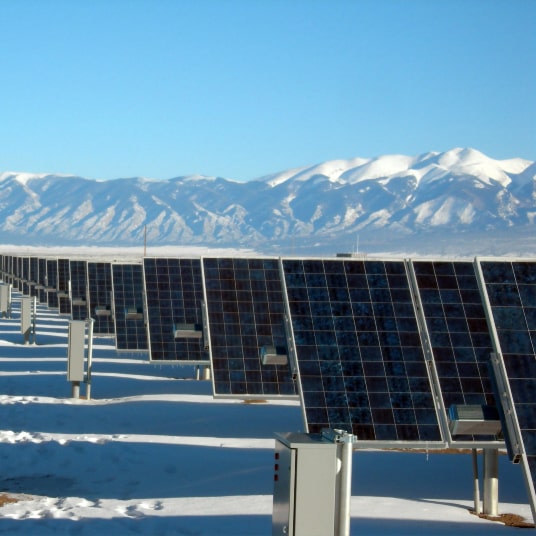 There's no doubt that renewable energies have gained prominence on the global stage. Not only are they a key aspect of the fight against climate change, they have also now become a hugely important socio-economic driver.
There's no doubt that renewable energies have gained prominence on the global stage. Not only are they a key aspect of the fight against climate change, they have also now become a hugely important socio-economic driver.
Its first major boost was the signing of the Paris Agreement in 2015, with 196 signatories agreeing to take the necessary steps to achieve carbon neutrality by 2050. They are now one of the driving forces of the Green Recovery, the plan to revitalise the world economy following the COVID-19 crisis.
“Not only are they a key aspect of the fight against climate change, they have also now become a hugely important socio-economic driver”
We have a unique opportunity to drive forwards with renewable energies, decarbonisation and the electrification of new sectors, as well as to improve energy efficiency and ensure a fair energy transition that leaves nobody behind and looks after communities at risk of energy poverty.
Working together to protect our health, economy and climate will involve us striving to make sure that renewable energies finally take their rightful place. In short, the fight against climate change requires profound changes to our energy model. The need for this commitment is a reality that society can no longer ignore.
To learn more about their benefits, click here.




